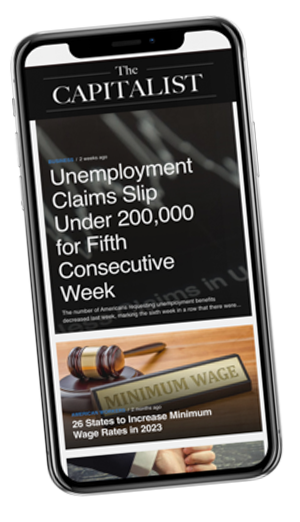Business
Merger Arbitrage: A Hedge Fund Strategy

The definition of the term Merger Arbitrage, for investment and financial purposes, refers to the practice when two companies are merging and for reasons of synergy, their stocks are bought and sold at the same time to minimize risk.
This is specifically a hedge fund strategy.
An arbitrageur is appointed to oversee the convergence and look at the risks of possible tardy launching of the merger or even that the merger will not happen at all.
Because of the environment of uncertainty and flux this causes in the market perspective, the company about to be acquired and targeted will usually sell at a discount.
This will be in a defined contrast to the expected price that the combined company (representing the two companies after having been absorbed) will have after the merger has been completed.
This discrepancy is displayed in the graph below.
In it one can see very clearly that the arbitrage opportunities occur in one day from June 7, 2012 to June 8, 2012.
This is the arbitrageur’s profit.
To further elaborate on the role of the arbitrageur in this acquisition and merger collaboration, it will briefly be explained as to the differences between one and a portfolio manager:
- The portfolio manager can only focus on the profitability of the merger in its entirety.
- The merger arbitrager’s only focus and concern is the time management viability and the odds of the smooth transition. The deal closing with the best time frame and the merging of the stocks in anticipation of the company’s coming together. In the graph above, this pattern of speed and certainty is observable.
[ms_divider style=”normal” align=”left” width=”100%” margin_top=”30″ margin_bottom=”30″ border_size=”5″ border_color=”#f2f2f2″ icon=”” class=”” id=””][/ms_divider]
[ms_featurebox style=”4″ title_font_size=”18″ title_color=”#2b2b2b” icon_circle=”no” icon_size=”46″ title=”Recommended Link” icon=”” alignment=”left” icon_animation_type=”” icon_color=”” icon_background_color=”” icon_border_color=”” icon_border_width=”0″ flip_icon=”none” spinning_icon=”no” icon_image=”” icon_image_width=”0″ icon_image_height=”” link_url=”https://offers.thecapitalist.com/p/warrenbuffet/index” link_target=”_blank” link_text=”Click Here To Find Out What It Said…” link_color=”#4885bf” content_color=”” content_box_background_color=”” class=”” id=””]Warren Buffett Just Told His Heirs What He Wants them To Do With His Fortune When He Dies. [/ms_featurebox]
[ms_divider style=”normal” align=”left” width=”100%” margin_top=”30″ margin_bottom=”30″ border_size=”5″ border_color=”#f2f2f2″ icon=”” class=”” id=””][/ms_divider]
To give a bit more detail as to how the procedure works one can explain the basics.
The interested party announces an interest in the target desired for merger.
The interested party is the acquirer.
It will make an offer of a price for the target.
This price is usually elevated up from the target’s basic price and is as yet unaffected before the bid occurs.
The discrepancy or difference between the two prices (the offer price and the price as yet unaffected) is called a control premium or a takeover premium.
The offer or unaffected prices can be a cash price, for example $30.00 a share, or it may be some form of stock deal where an exchange of the share of the target company’s stocks is linked to the equal amount or similar number of the acquirer’s shares.
It is usual that the target company’s stock prices will remain slightly below those of the expected acquisition price as before seen on the graph.
And as mentioned before, this is because of the slight uncertainty of the time frame and possibility of the merge.
This is referred to as the discount.
The offer is priced with this reflecting the factors related to the chance that the slightly greater risk to the deal closing will make the discount widen.
The offer price is linked to the risks of the merge happening with time factors and the possibility of it not going through as well.
To view the procedure more closely one can see above in the graph that most deals trade at a spread.
The investor can purchase stock in the target company in anticipation of the deal occurring.
The investor will expect to be paid the deal price and this drives the stock buying.
In general, mergers will trade with the discount once the deal is known and that is when the spread is captured.
This is called risk arbitrage and is the investment strategy when purchasing the target company’s stock.
When the market announces the intention of one company buying another, the stock price of the company being bought will elevate usually but the stock price of the company doing the purchasing will slightly decline.
This is because the desirability of the company being bought is reflected in the market.
But the full offer price of the two combined companies is generally larger than both.
There are sometimes aggressive takeovers but they are an exception.
The desirability of a company targeted for acquisition is immediately reflected on the market charts.
This particular hedge fund maneuver is a practical means of the eventual merging together of the two company’s profitability and desirability.
The arbitrageur heads this process and accrues a profit from playing this role.
As a catalyst for the merge but also the manager of the event, the arbitrageur can oversee the merge to the prompt and beneficial outcome for, not just for the two companies involved, but for personal gain.





